As a mountain biker or bicycle enthusiast, you may find yourself in a situation where you need to convert your bike's quick-release hub to a thru-axle. While this may seem like a daunting task, it is actually quite doable with the right tools and knowledge. The benefits of a thru-axle include increased stiffness, improved handling, and better alignment between your wheel and frame.
So, if you're ready to make the switch, let's dive into how to convert a quick-release hub to a thru-axle.
Step 1: Identify your Hub Specs
Before you start the conversion process, you need to identify the specs of your hub. This includes the size and spacing of the hub, which will determine what kind of thru-axle you need. For example, some mountain bikes use hubs with a 135mm spacing and 9mm axle diameter. You'll need to find a thru-axle with the same specs in order for it to work with your bike. If you're not sure what specs you have, you can usually find this information through your bike's manufacturer or by measuring the hub yourself.
Step 2: Remove the Quick Release
The next step is to remove the quick release skewer from your bike. This can usually be done by unscrewing the end caps of your quick-release hub and gently pulling out the skewer. Make sure to keep any washers or spacers that may be attached to the skewer.
Step 3: Install the Thru-Axle
Now it's time to install your new thru-axle. Make sure it has the correct size and spacing for your hub, and determine the orientation of the threads. Some thru-axle designs have a lever or handle that allows you to tighten or loosen the axle by hand, while others require a tool. Follow the manufacturer's instructions for installation, being sure to grease the threads to prevent corrosion or seizing.
Step 4: Adjust your Disc Brakes
If you have disc brakes on your bike, you'll need to adjust the brake calipers to accommodate the new thru-axle. This may require loosening or removing the brake bolts and repositioning the caliper. Be sure to align the brake pads with the rotor correctly, and test the brakes thoroughly before riding.
Step 5: Test Ride and Adjust
After you've installed the thru-axle and adjusted your disc brakes, it's time to test ride your bike. Take it for a short spin around the block or a nearby trail, and check for any unusual noises or vibrations. If everything seems to be working well, continue to ride and make any necessary adjustments along the way.
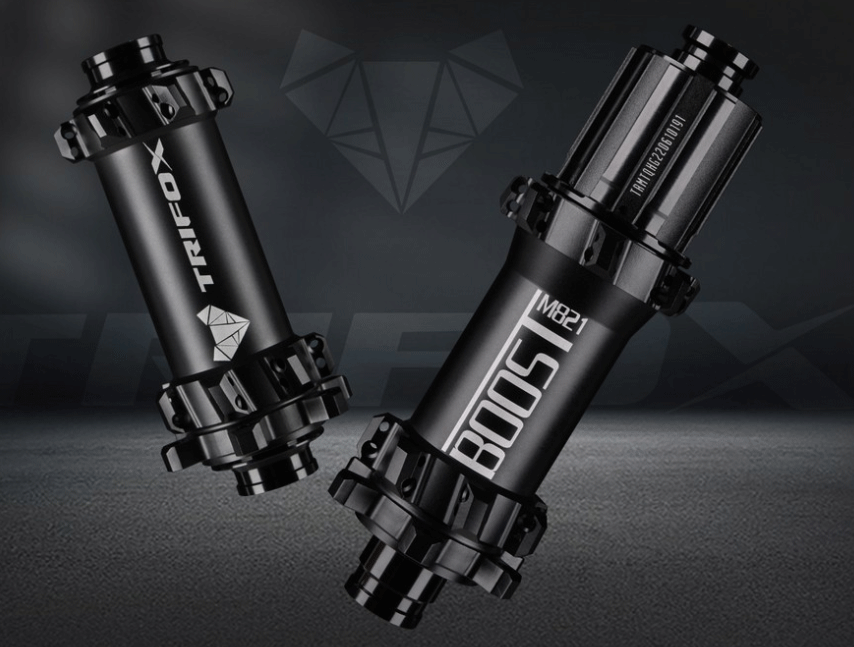
Conclusion:
Converting your quick-release hub to a thru-axle may seem like a big undertaking, but it's actually a fairly simple process. By following these steps and using the right tools, you can improve the performance and handling of your bike with a few easy modifications. Remember to always consult the manufacturer's instructions and take your time to ensure a safe and successful conversion. Happy riding!
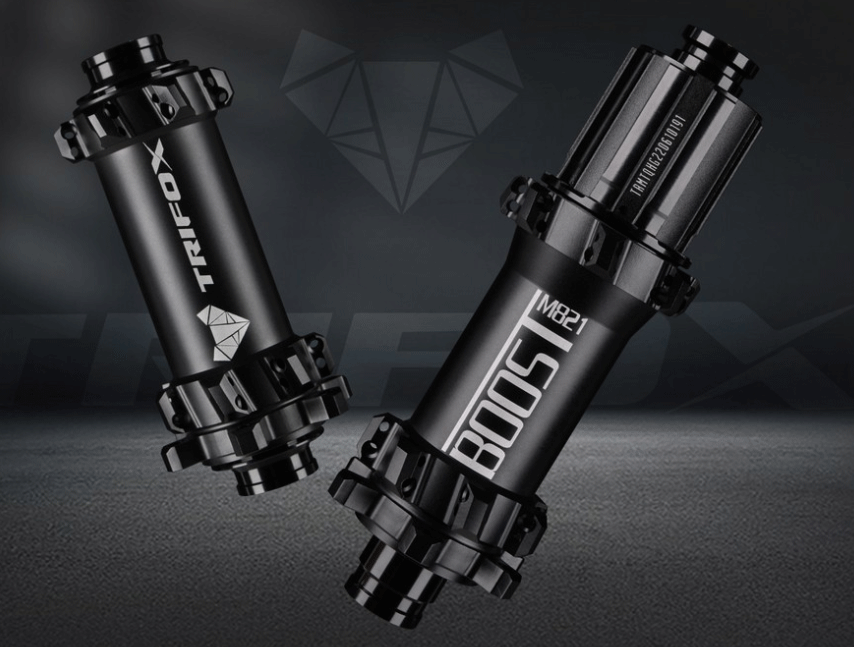
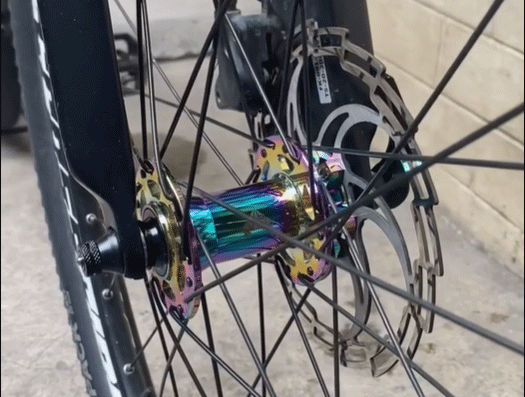
When it comes to mountain biking, choosing the right hub is critical to the performance of your bike. The hub flange spacing is something that might be overlooked, but it's an essential factor when selecting the right hub for your mountain bike.
To begin, what is hub flange spacing? The hub flange spacing refers to the distance between the two flanges on a hub. The distance between the flanges affects the tension of the spokes and the lateral stiffness of the wheel. The wider the hub flange spacing, the more the spoke tension will be reduced, making the wheel less stiff. In contrast, if the hub flange spacing is narrower, the spoke tension will be higher, making the wheel stiffer. Hub flange spacing affects wheel strength, and the right spacing will ensure the longevity and durability of your wheels.
The Trifox Bike Hub M827 for MTB offers an ideal hub flange spacing. It features a 110mm front hub flange spacing and a 148mm rear hub flange spacing. The wider hub flange spacing provides greater lateral stiffness of the wheel, resulting in better control and stability during your mountain biking activities. This ensures that your bike can handle demanding terrain, steep inclines, and challenging conditions.
The Trifox Bike Hub M827 With a lightweight design and durability, this hub is perfect for mountain biking. The alloy construction ensures that the hub can handle the impact of rough terrain, providing a secure and stable foundation for your wheelset. You can rest assured that the hub will be able to handle the demands of your mountain biking adventures.
Another essential factor when selecting the right hub for your MTB is the hub's engagement system. The Trifox Bike Hub M827 features a high-engagement system with 72 points of engagement, providing a rapid and responsive engagement experience. This means you can take on steep climbs with ease, as the hub connects directly to the drivetrain, ensuring maximum power and control.

In summary, the hub flange spacing is an important consideration when selecting the right hub for your mountain biking activities. The Trifox Bike Hub M827 for MTB offers an ideal hub flange spacing, high-engagement system, durability, and lightweight design. These features ensure that you have the best experience and performance during your mountain biking adventures. Choose the Trifox Bike Hub M827 for MTB if you're looking for a robust, high-performing, and reliable mountain
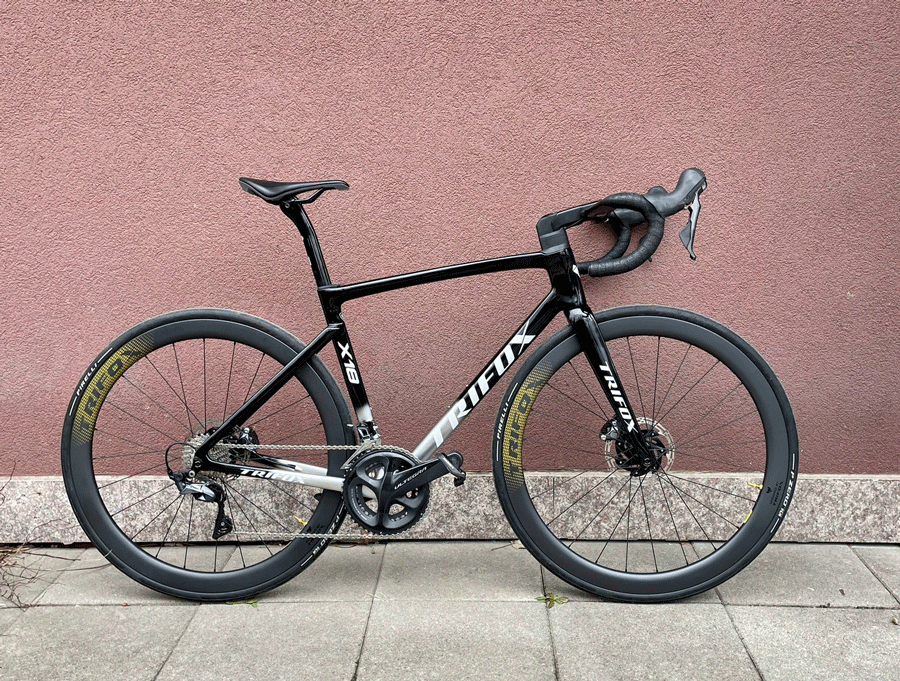
If you are into biking, then you must know the importance of a cassette hub. A cassette hub is the central part of a bicycle wheel, providing a smooth ride while also transferring power from the rider's pedals to the wheels. It is an important component for a cyclist to have a comfortable riding experience. But, do you know everything there is to know about a cassette hub?
In this blog post, we will go in-depth about cassette hubs and understand how it plays a vital role in cycling.
1. What is a Cassette Hub?
Before we dive deep into cassette hubs, let us first understand what it is. A cassette hub is a central component of any bicycle wheel that attaches to the axle and holds the cassette, which houses the different gears. It contains an internal body, which lets you change the gears with the shifter while you are cycling. The cassette hub itself contains ball bearings, impacting the bike's speed, comfort, and maneuverability.
2. Components and Types of Cassette Hub
Cassette hubs come in various types, and they differ in the number of gears, the number of spokes, and the size of the axle. The most common cassette hub types are 8-speed, 9-speed, 10-speed, and 11-speed hubs. The number of gears in cassette hub also determines the degree of versatility in the bike. In addition to the number of gears, the cassette hub's components include the body, free hub, pawls, driver mechanism, seal, and bearings. All of these components play an essential role in ensuring a smooth and comfortable ride.
3. Benefits of a Cassette Hub
Cassette hubs have numerous benefits, making them a popular choice among pro cyclists and biking enthusiasts worldwide. Some of the primary benefits are that the cassette hub can be easily removed for maintenance, it provides a smooth and efficient ride, and it can accommodate different gear ratios to suit various riding needs. Maintenance is also easier since you can quickly change the cassette to replace the damaged or worn-out parts. The cassette hub also improves bike performance, and the power transfer from the pedal to the wheel is effective and quicker.
4. How to Maintain Cassette Hub
Cassette hub requires maintenance to keep them from wearing out too fast, compromising your bike's performance. Here's a maintenance tip you can use to extend the lifespan of your cassette hub. Firstly, clean the cassette hub regularly to prevent dirt and mud from clogging the bearings. Secondly, lubricate your cassette hub often to reduce friction. Lastly, check the cassette for wear regularly, replace the parts if necessary.
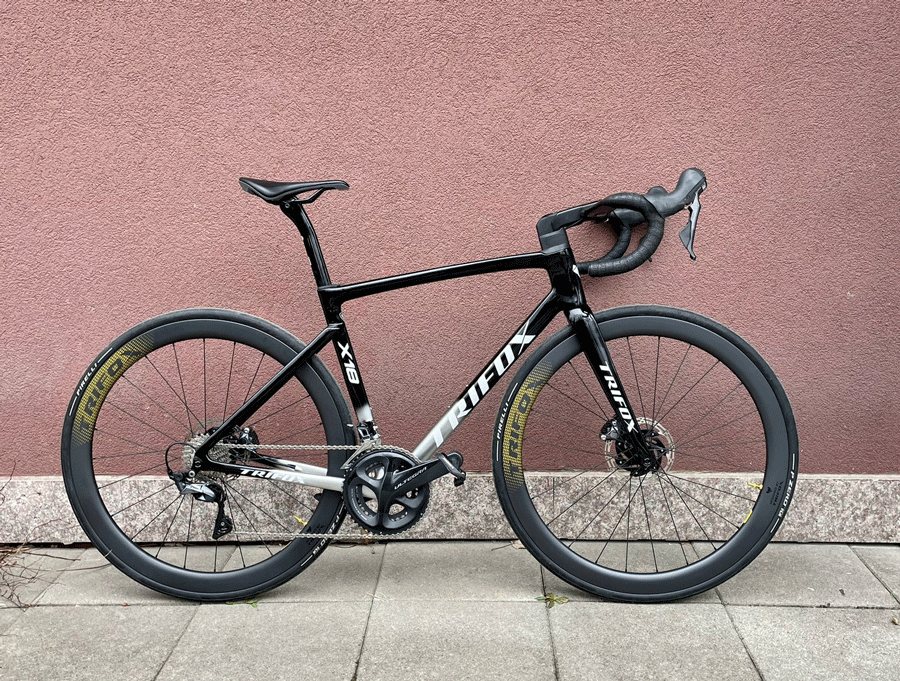
Conclusion:
In conclusion, a cassette hub is a vital component of your bike wheel that can significantly impact your cycling experience. Understanding how it works and how best to maintain it is crucial for improving the performance of your bike and extending the lifespan of the cassette hub itself. With the tips we have discussed here, you are now better equipped to make the most of your biking experience with a cassette hub.

Fixed gear bikes are becoming more popular among cycling enthusiasts. This type of bike does not have a freewheel mechanism, which means that the pedals are connected to the rear wheel at all times. One unique component of fixed gear bikes is the fixed gear hub.
In this blog, we’ll take a closer look at this vital component and why it makes fixed gear bikes such a joy to ride.
1. Anatomy of a Fixed Gear Hub
A fixed gear hub is made up of several parts, including the hub shell, the lockring, and the track or threaded cog. The hub shell houses all the other components and is attached to the wheel axle. The lockring is threaded onto the hub and prevents the cog from coming loose. The cog is then attached directly to the hub, making the pedals and rear wheel work together as one.
2. Unique Riding Experience
Riding a fixed gear bike with a fixed gear hub is a unique experience because of the continuous contact between the pedals and the rear wheel. This means that when the pedals turn, the wheels turn too. This can make it easier to accelerate and maneuver your bike, and you’ll feel a greater connection to your bike when you’re riding.
3. Simple Maintenance
Another benefit of having a fixed gear hub is that it is relatively easy to maintain. There are fewer moving parts than on other types of bike hubs, and there are no cables or gears to worry about. A properly maintained fixed gear hub will provide you with years of reliable performance.
4. Versatility
Fixed gear hubs are also versatile, allowing you to switch between different gear ratios by simply changing out the cog. This makes it easy to adjust your gear ratio based on your fitness level or the terrain you’re riding on. You can even have multiple cogs and swap them out according to your needs.
5. Aesthetic Appeal
Finally, fixed gear hubs add a sleek, clean look to your bike. The lack of cables and gears gives the bike a minimalist appearance. Plus, you can customize your bike by choosing different colors and finishes for your hub.

Conclusion:
The fixed gear hub is an essential component of fixed gear bikes. It adds a unique riding experience, requires simple maintenance, and provides versatility when it comes to gear ratio. It also gives your bike a sleek and minimalist look, making it a popular choice among cycling enthusiasts. Whether you’re fiercely competitive or simply love riding bikes, the fixed gear hub can provide you with an unforgettable experience.

If you are an avid cyclist, you understand how important it is to have a reliable and efficient bicycle. One of the essential parts of a bike is the hub which connects the wheel to the frame and allows for smooth rotation. While traditional quick-release hubs have been the norm for decades, more and more cyclists are switching to the bolt-on hub.
In this post, we'll explore what a bolt-on bike hub is, its benefits and drawbacks, and how it can change your cycling experience for the better.
What is a Bolt-on Bike Hub?
A bolt-on bike hub is a type of hub that is secured to the frame with bolts instead of quick-release levers. Typically, bolt-on hubs have a stronger connection to the frame, making them more secure and less likely to come loose in high-stress situations such as sprinting or on rough terrain. Additionally, bolt-on hubs can help reduce the risk of theft as they require a tool to remove, unlike quick-release hubs, which can be taken off with bare hands.
Benefits of a Bolt-on Bike Hub
One of the main benefits of a bolt-on hub is its improved stability. Quick-release hubs can sometimes come loose, causing the wheel to wobble, which can be dangerous during a ride. Bolt-on hubs, on the other hand, provide a secure connection, ensuring the wheel is always stable and reducing the risk of accidents. Additionally, bolt-on hubs are more efficient as they provide more direct power transfer from the pedaling motion to the wheel.
Drawbacks of a Bolt-on Bike Hub
While the benefits of a bolt-on bike hub make it an attractive option for any cyclist, there are a few drawbacks to consider. Firstly, bolt-on hubs can be more challenging to remove, which can be an issue when fixing a flat tire or performing maintenance. Secondly, bolt-on hubs are typically more expensive than quick-release hubs due to their increased stability and security features. Lastly, because bolt-on hubs require a specialized tool to remove, they can be less convenient when traveling with your bike.
How a Bolt-on Bike Hub Can Change Your Cycling Experience
A bolt-on bike hub can transform your cycling experience by improving the stability and power transfer of your bike. You'll feel a significant difference in your riding performance when you switch to a bolt-on hub, particularly when sprinting or climbing. It will also provide you with more confidence that your bike is secure, reducing the risk of accidents. Lastly, you'll have added peace of mind that your bike is less likely to be stolen due to the increased security features.
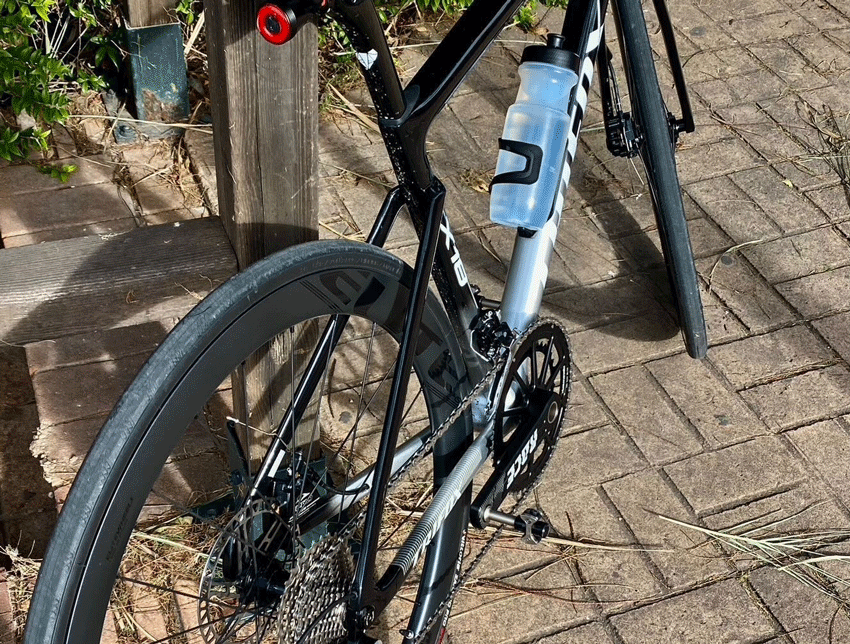
Conclusion:
In conclusion, a bolt-on bike hub is an excellent investment for any cyclist looking to enhance their riding experience. While it may require a more significant initial cost and can be less convenient at times, the added stability, power transfer, and security features make it well worth it. If you're considering upgrading your bike's hub, a bolt-on hub is the way to go.
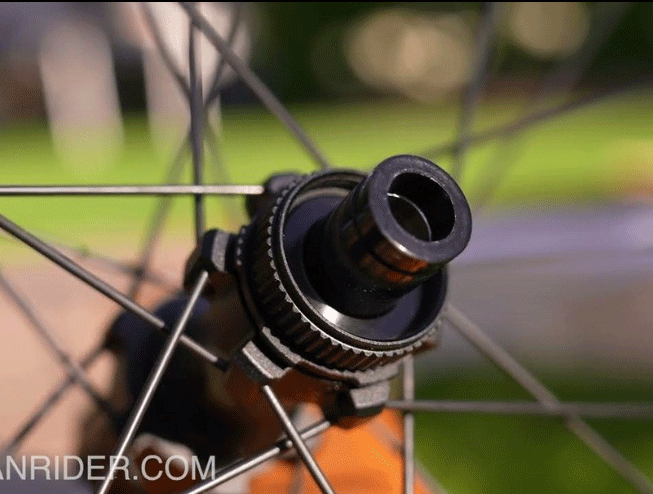
If you're a cycling enthusiast, you’ve probably come across the terms freehub and freewheel, but how much do you know about them? Both freehub and freewheel are components of a bike’s drivetrain that enable the rear wheel to spin forward while allowing the pedals to remain stationary. While they serve the same purpose, they have significant differences that affect performance and compatibility.
1. Definition and function
A freewheel consists of a cluster of gears and cogs that thread onto the hub of the rear wheel, and the ratcheting mechanism that allows the wheel to spin forward without pedaling. It is a simple design that’s easy to maintain and service. In contrast, a freehub is a more complicated design that features a ratcheting mechanism that’s integrated into the hub of the rear wheel, which connects to the cassette. Instead of threading onto the hub like a freewheel, the cassette attaches to the splines on the freehub body. The freehub design not only provides better power transfer and durability but also offers more options for gear ratios.
2. Compatibility
One of the significant differences between freehub and freewheel is compatibility. Freewheels are commonly found on older bikes, while freehubs are a common feature on modern bikes. If you have an old bike and you want to upgrade to a freehub design, you may have to replace the wheel hub, and possibly the rear derailleur, shifters, and chain, to make sure all the components match. On the other hand, since freehub bodies are generally interchangeable, you can typically change the cassette to switch to a different gear ratio without having to replace the rear wheel.
3. Wear and Tear
Due to their simpler design, freewheels are generally more prone to wear and tear than freehubs. Over time, the ratcheting mechanism in freewheels tends to wear down, which can lead to skipping, uneven engagement, and even failure. Freehub bodies typically don’t suffer from the same wear and tear issues because they are located inside the hub shell where contaminants can’t easily access them. However, if a bearing fails or the pawls break, it’s more challenging to service or replace the freehub body.
4. Performance and Maintenance
In terms of performance, freehub systems offer better power transfer than freewheels because they have more engagement points where the rear hub and the cassette interact. They also provide more precise shifting and offer more gear ratio options. However, they are more complicated and harder to service compared to freewheels. Freewheels, on the other hand, are simpler and easier to maintain, but they don’t offer the same level of performance as freehubs.
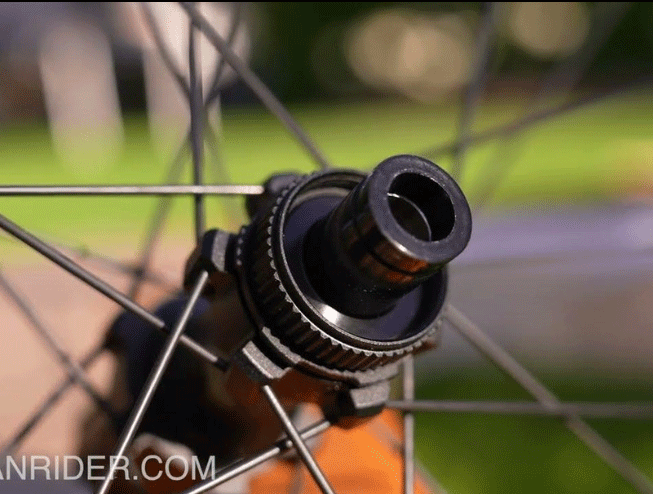
Conclusion:
So, which is the better option for your bike, a freehub or a freewheel? Ultimately, it depends on your bike, budget, riding style, and preferences. If you have an older bike and want to stick with a simple and cost-effective design, a freewheel may be the way to go. On the other hand, if you want better performance, more gear ratios, and are willing to invest in a modern high-end bike, then a freehub is the better option. Remember, whichever option you choose, make sure to maintain and service your drivetrain components regularly to ensure smooth and efficient performance.
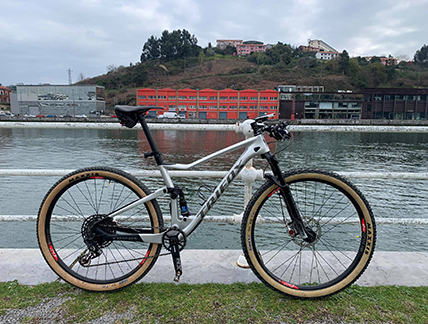
Achieving a smooth and efficient ride on your bike requires careful consideration of each component, including the hub. One essential factor to consider when selecting a hub is its compatibility with your bike's other components. In this article, we will discuss the concept of hub compatibility and its role in finding the ideal hub for your bike.
What is Hub Compatibility?
Hub compatibility refers to the ability of a bike hub to work seamlessly with other components of your bike, such as the axle, frame, and drivetrain. Factors that determine hub compatibility include:
Axle type: Hubs are designed to work with specific axle types, such as quick release or thru-axle. It's important to choose a hub compatible with your bike's axle system.
Axle dimensions: The length and diameter of the axle must match the hub's specifications. Common axle dimensions for mountain bikes include 100x9mm (front) and 135x10mm (rear) for quick-release systems, and various sizes for thru-axles, such as 100x15mm (front) and 142x12mm (rear).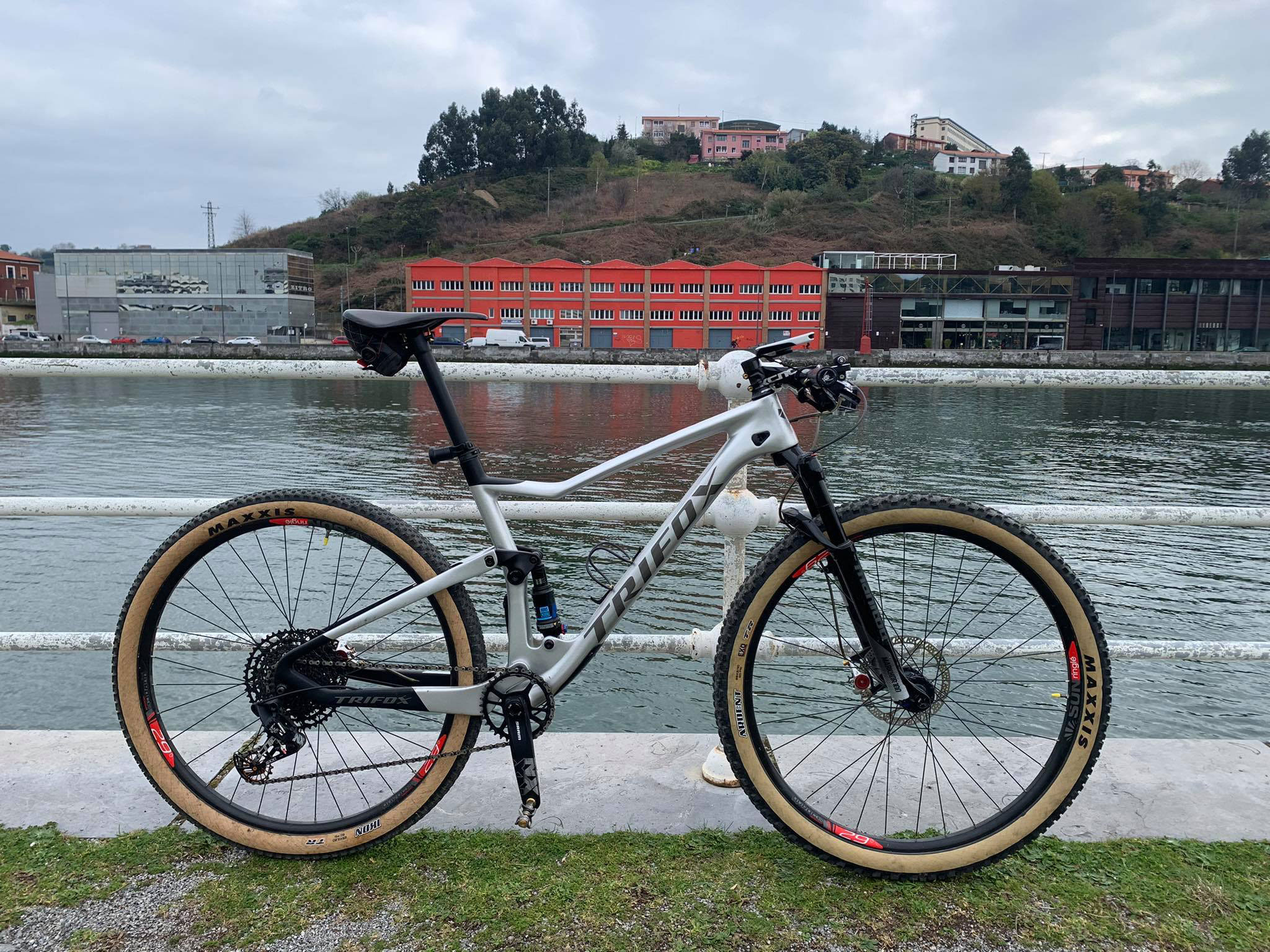
Brake system: Hubs are designed to accommodate either rim brakes or disc brakes. Make sure to select a hub that works with your bike's brake system.
Drivetrain compatibility: Hubs have different freehub bodies to accommodate various drivetrain systems, such as Shimano, SRAM, or Campagnolo.
By mastering hub compatibility, you can unlock the full potential of your bike and ensure a smooth, enjoyable ride. Happy biking!

When it comes to cycling, one of the most important components is the hub. The hub is the part of the bike that the cassette attaches to and where the rear axle is mounted. However, over time, the hub's components can wear out or be damaged, and you may need to replace them. One of the parts that might need to be replaced is the freehub body. The freehub body is responsible for the bicycle's chain and cassette rotation. Here's a step-by-step guide on how to replace a freehub body on a hub.
Step 1: Remove the Quick Release
To begin, you should remove the quick release that holds the wheel in place. This will give you more room to work on the wheel. You can remove the quick-release by flipping it over and unscrewing the bolt that connects it to the non-drive side of the hub. Then, you can pull the quick release out.
Step 2: Remove the Cassette
After removing the quick-release, you should remove the cassette from the hub using a cassette removal tool. The cassette is connected to the freehub using a lockring that needs to be removed with the help of a lockring tool. Once the lockring is removed, you can slide the cassette off the freehub.
Step 3: Remove the Freehub Body
Next, you should remove the freehub body. Depending on the type of hub you have, this may require different tools. Typically, a 10mm Allen key or a 15mm box spanner is used to remove the freehub body. Insert the 10mm Allen key or 15mm box spanner into the center of the hub and turn it counterclockwise to remove the freehub.
Step 4: Install the New Freehub Body
After removing the old freehub, you can install the new one. Place the new freehub body onto the hub and secure it with the same tool you used to remove the old one. Make sure that you tighten it enough to hold it in place.
Step 5: Reassemble the Cassette and Quick-Release
Once the new freehub body is installed, you can reassemble the cassette and lockring onto it. Afterward, you can slide the quick-release back into place and screw the bolt back into the hub's non-drive side. Make sure the wheel is secure and test the rotation before heading out for a ride.

Conclusion:
Replacing a freehub body on a hub may seem like a daunting task for some, but it's definitely doable with the right tools and knowledge. By following the steps outlined above, you should be able to perform this task with ease. Always remember to take care of your bicycle's components and perform routine maintenance to ensure that your rides are as smooth as possible. Happy cycling!
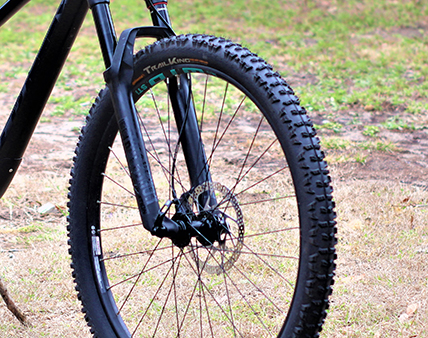
Are you looking to upgrade or replace your mountain bike hub but unsure how to install it properly? Worry not! We will provide a step-by-step guide to help you install your mountain bike hub and achieve a smooth, efficient ride.
Step 1: Gather the Necessary Tools and Materials
Before you begin, make sure you have the following tools and materials handy:
A new mountain bike hub
A spoke wrench
A truing stand (optional, but helpful for wheel alignment)
Grease and lubricant
Rim tape (if applicable)
Step 2: Remove the Old Hub
Start by removing the wheel from your bike and taking off the tire, tube, and rim tape (if present). Carefully remove the spokes connecting the old hub to the rim, taking note of the lacing pattern for future reference.
Step 3: Prepare the New Hub
Apply grease to the new hub's bearings and axle, ensuring smooth operation and reducing friction. If you've chosen a versatile hub like the Trifox M827 bicycle hub, make sure to select and install the appropriate end caps for your desired axle type (quick release or thru-axle).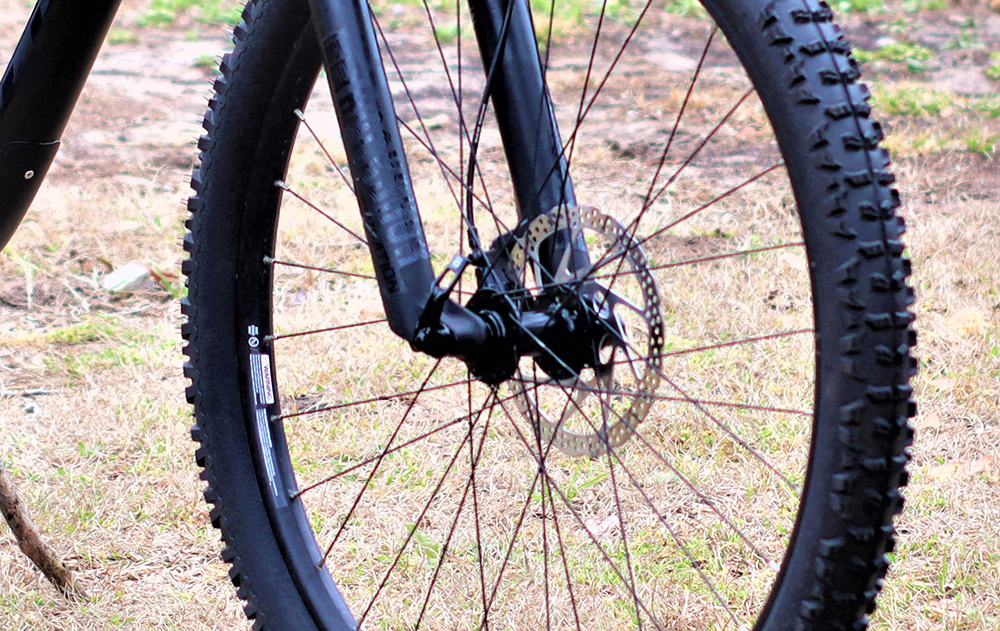
Step 4: Lace the Spokes
Following the lacing pattern you observed earlier, connect the new hub to the rim using the spokes. Make sure to tighten the spokes evenly and securely. A truing stand can be helpful during this process to ensure proper wheel alignment.
Step 5: Align and True the Wheel
Once the spokes are laced, check the alignment of your wheel. Adjust the spoke tension as needed to achieve a straight, true wheel. This process may require patience and precision, but it's essential for a smooth ride.
Step 6: Reinstall the Rim Tape, Tube, and Tire
With the new hub installed and the wheel aligned, reinstall the rim tape (if applicable), followed by the tube and tire. Inflate the tire to the recommended pressure.
Step 7: Mount the Wheel on Your Bike
Finally, mount the wheel back onto your bike, ensuring the axle is correctly seated in the dropouts. For hubs like the Trifox M827, make sure the end caps match your bike's axle type for a secure fit. Reattach any brake components and give your bike a thorough inspection before taking it for a test ride.
Trifox M827 hub installation can be a straightforward process when you follow these steps and pay attention to details. Choosing a high-quality, versatile hub can further enhance your biking experience by providing a smooth ride and easy adaptability to different axle types. Happy riding!
























































